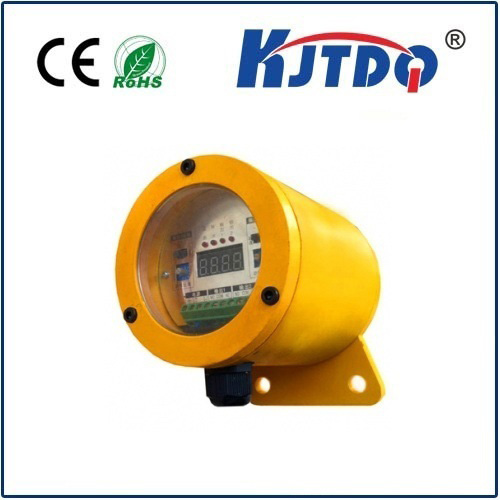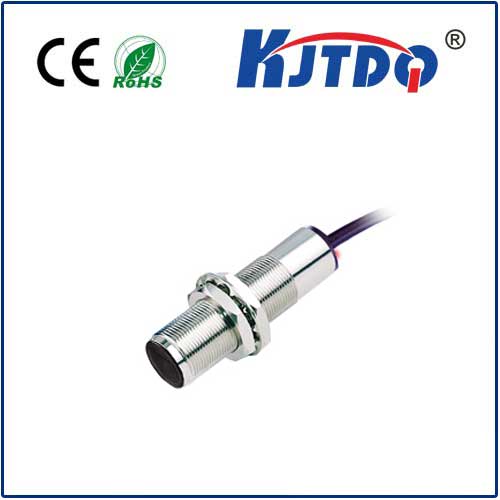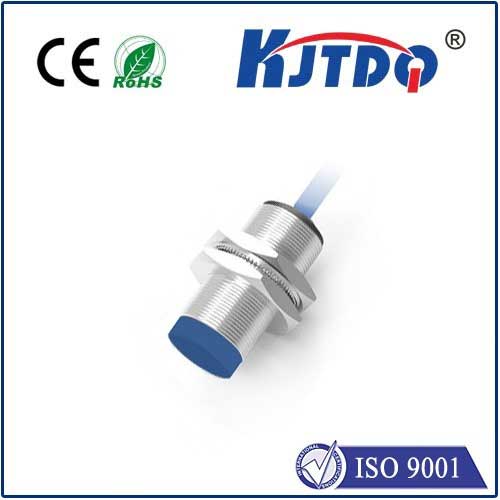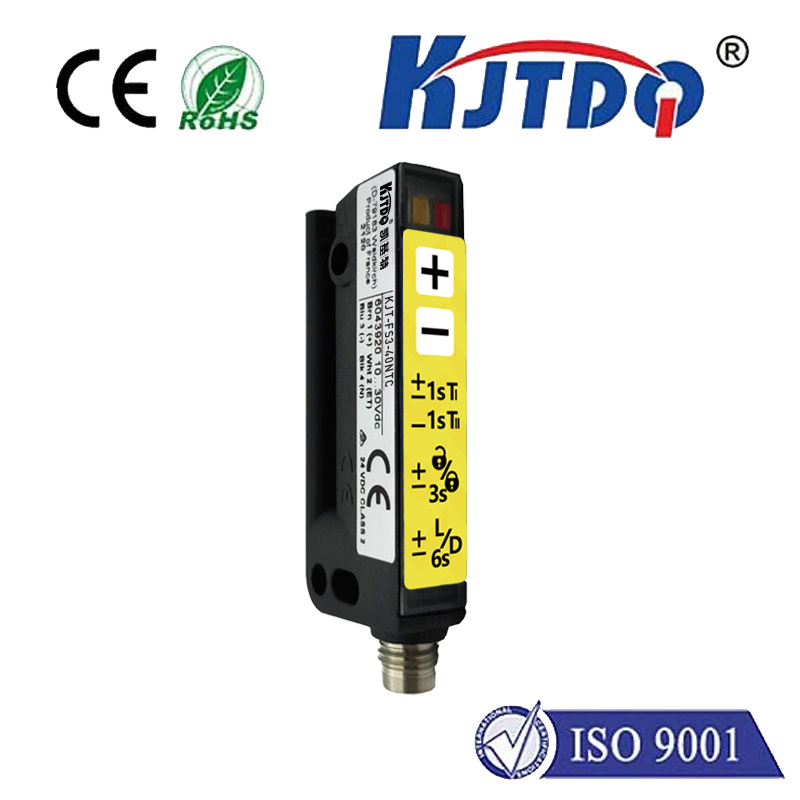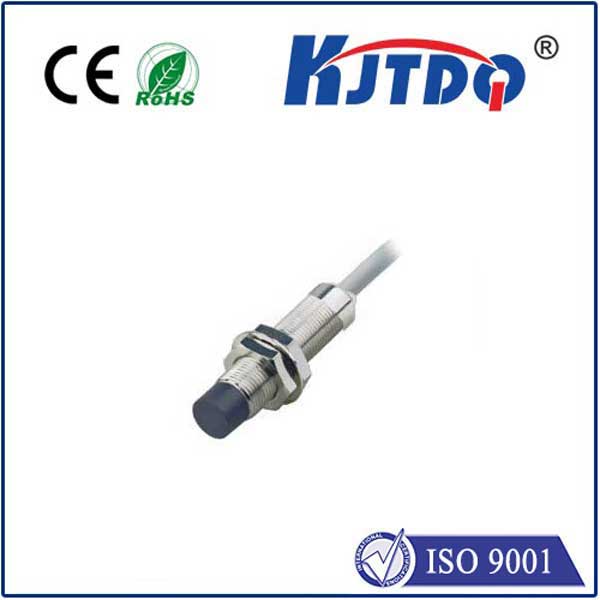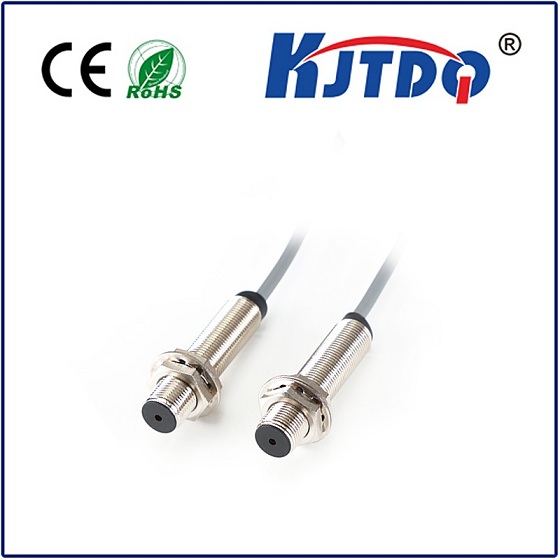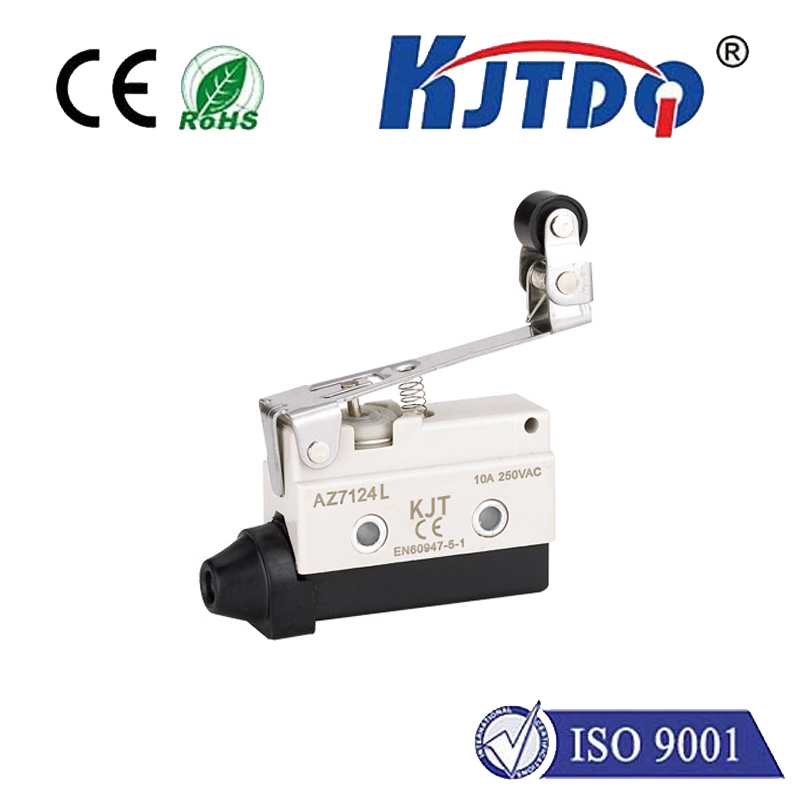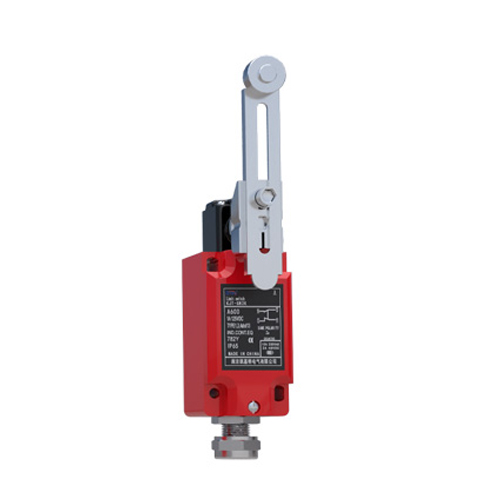Датчик заднего приближения
- time:2025-02-07 01:42:55
- Нажмите:0

Rear Proximity Sensor: Enhancing Safety and Comfort in Modern Vehicles
In today’s rapidly advancing automotive industry, safety and comfort have become paramount. The rear proximity sensor, a seemingly inconspicuous component, plays a crucial role in enhancing both aspects. This article will delve into the working principle of the rear proximity sensor, its applications in various fields, particularly in vehicles, and the benefits it brings to drivers.
Rear proximity sensor is an intelligent device designed to detect nearby obstacles or objects behind a vehicle. It operates on a simple yet effective principle: by emitting and receiving specific waves (such as ultrasonic or infrared signals), it measures the distance between the vehicle and the surrounding objects. When an object comes within a certain range, the sensor triggers a signal that alerts the driver or initiates automated actions.
The working mechanism of the rear proximity sensor can be summarized as follows:
- Signal Emission: The sensor emits a specific frequency of waves towards the target area.
- Signal Reflection: When these waves hit an object, they reflect back to the sensor.
- Distance Calculation: The sensor calculates the distance by measuring the time it takes for the emitted wave to return.
- Action Triggered: Based on the calculated distance, the system determines whether to issue a warning or take automatic evasive action.
Rear proximity sensors are widely used in various scenarios to ensure safety and convenience, including but not limited to:
- Reverse Parking Assistance: One of the most common applications is in reverse parking. The sensor helps drivers identify obstacles behind their vehicles, reducing the risk of collisions during parking.
- Blind Spot Detection: In some advanced systems, rear proximity sensors are integrated with blind spot detection technology to warn drivers when there are vehicles in their blind spots during lane changes.
- Automatic Braking Systems: Some modern cars feature automatic emergency braking systems that use rear proximity sensors to detect potential collisions and apply the brakes automatically if necessary.
The adoption of rear proximity sensors in vehicles brings numerous benefits to drivers and passengers alike:
- Повышение безопасности: By providing real-time alerts about obstacles, the sensor helps prevent accidents, especially in congested urban environments.
- Improved Convenience: The sensor simplifies maneuvering in tight spaces, making tasks like parallel parking less stressful and more precise.
- Peace of Mind: Knowing that your car has an extra set of “eyes” monitoring the surroundings can greatly enhance the overall driving experience and provide peace of mind.
The rear proximity sensor is a small yet powerful tool that significantly contributes to road safety and driving comfort. As automotive technology continues to evolve, we can expect these sensors to become even more advanced and integrated into various aspects of vehicle control, further enhancing our travel experiences.


